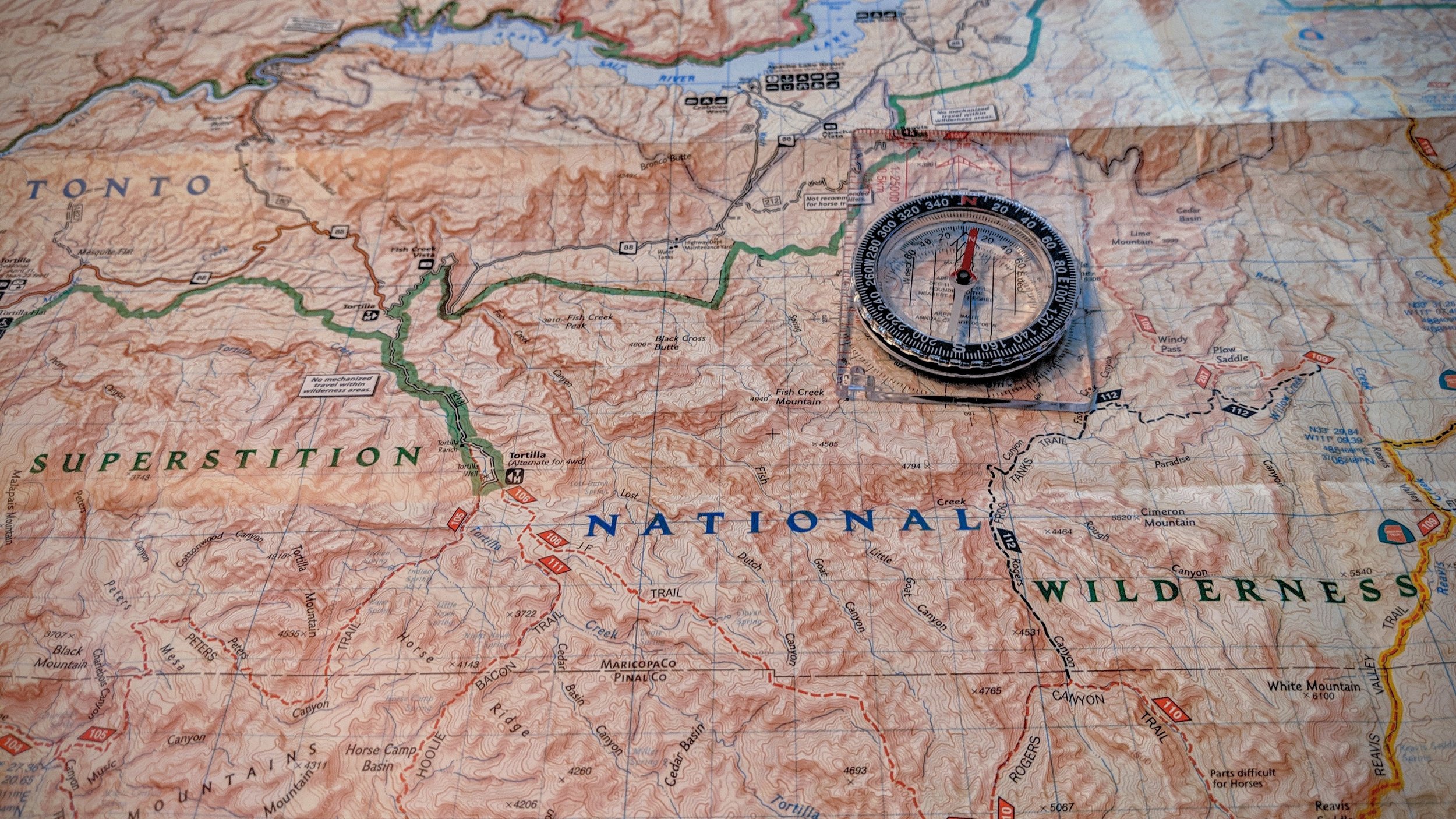Can I Eat That? A Guide to Survive in the Wild

So there you are. You wake up midway through your backpacking trip and a bear has made off with your food. You look at your map and see you are several days away from any sort of civilization.
What do you do now?
Step one: don’t panic. This is manageable. Well actually step one is to learn how to properly hang a bear bag, but no need to dwell on that now.
As long as you can still boil or filter water, you can survive two weeks without food. You won’t enjoy it, but you’ll be alive. What you have to focus on now is not just living, but, getting out of the wilderness. And that means burning calories.
Survival is all about calorie-cost v. calorie-benefit.
Everything your body does burns calories. The more energy you use the more calories your body needs. So the name of the game here is to use the least amount of energy gathering the most food. For example, if you run around trying to catch a frog for a few hours, you might end up burning more calories trying to catch it than the frog has in it.
This will put you into a calorie deficit and you’ll wind up dying even sooner, which will put a damper on your whole trip.
“Ribbit”
Your best bet is to go for edible plants that you can find along your route. If you are in a forested area during the summer, you’re in luck. You’ll have a few options of edible and easily identifiable wild berries to pick from. Blueberries, raspberries, and blackcap raspberries are common and require no prep. Just grab and go. Just be sure you can 100% positively identify what you are grabbing. More on that later.
If berries are out of season, some less tasty, but still edible options are available.
Clover:
Four leaf or not, a field of clover could be your lucky break. Abundant and sweet tasting. Both the leaves and the roots have decent protein and can be eaten raw, but will be easier to digest if you can boil them.
Acorns:
An excellent source of protein, fats, and calories. Gather a whole bunch, but don’t try to eat them raw. You are going to have to cook these guys to leach them of their tannic acids. Put a few handfuls in your cup and boil them to remove the bitter tannins. Crack them open and feast like a squirrel.
Cattails:
If you're traveling by a marshy area, you’ll easily be able to spot these cigar looking plants. Their starch filled stems will keep you going. You can even use the top cigar part as tinder to help start a fire.
Pine Needles:
These aromatic plants aren’t just for air fresheners. Cut them up/break them into pieces and boil them up for a vitamin C rich tea. (Note: Most pines are safe, but If the tree has red berries on it, stay away!)
Daisies:
The green leaves are edible right off the stem. You can also boil the white leaves for a bitter tea, or use the flower as a fashion accessory in your bandana. Might as well look good for the rescue searchers.
Don’t neglect the insects
The thought of eating insects probably grosses you out. Which is a shame, because they are abundant, nutritious, and a normal part of many non-western diets. If prepared properly they can even taste pretty decent. Plus, this is survival mode, so suck it up and don’t die.
If you really get squeamish about it, a good way to overcome the grossness is to throw your new multi-legged lunch in with your plant ingredients to make a leafy-tea-insect-stew.
Keep in mind, most insects are okay (three-part body, six legs, ants, grasshoppers, termites etc.). Arachnids and other bugs are not (eight-plus legs, such as spiders, ticks, scorpions, or anything brightly colored).
Be warned:
Eat only what you can 100% positively identify. Many edible plants have similar looking poisonous cousins. Just ask Chris (Supertramp) McCandless.
If you are starving, desperate, and are not sure what you are looking at, follow this Universal Edibility Guide from Backpacker.com
“Eating even a tiny bite of a toxic plant can cause extreme gastrointestinal problems, or even death. Survival experts devised this test to determine a plant’s edibility. When in doubt, follow these steps before chowing down. It’s a slow process, but necessary. (Warning: This is for emergencies only. Plan A should always be to positively identify everything you eat.)
Separate the plant into its various parts—roots, stems, leaves, buds, and flowers. Focus on only one piece of the plant at a time.
Smell it. A strong, unpleasant odor is a bad sign.
Test for contact poisoning by placing a piece of the plant on your inner elbow or wrist for a few minutes. If your skin burns, itches, feels numb, or breaks out in a rash, don’t eat the plant.
If the plant passes the skin test, prepare a small portion the way you plan to eat it (boiling is always a good bet).
Before taking a bite, touch the plant to your lips to test for burning or itching. If there’s no reaction after 15 minutes, take a small bite, chew it, and hold it in your mouth for 15 minutes. If the plant tastes very bitter or soapy, spit it out.
If there’s no reaction in your mouth, swallow the bite and wait several hours. If there’s no ill effect, you can assume this part of the plant is edible. Repeat the test for other parts of the plant; some plants have both edible and inedible parts.”














